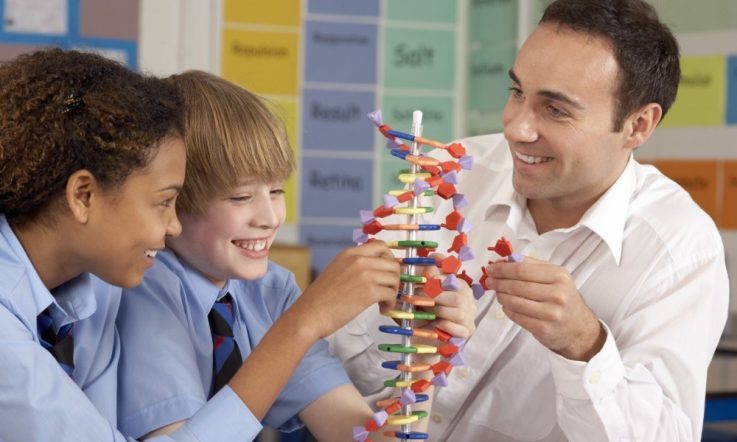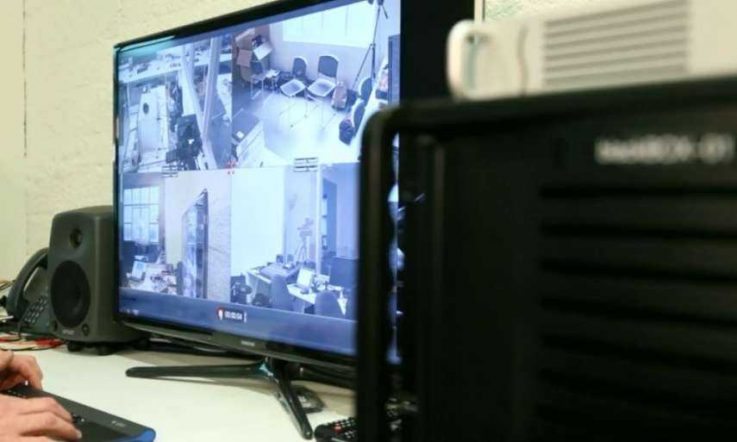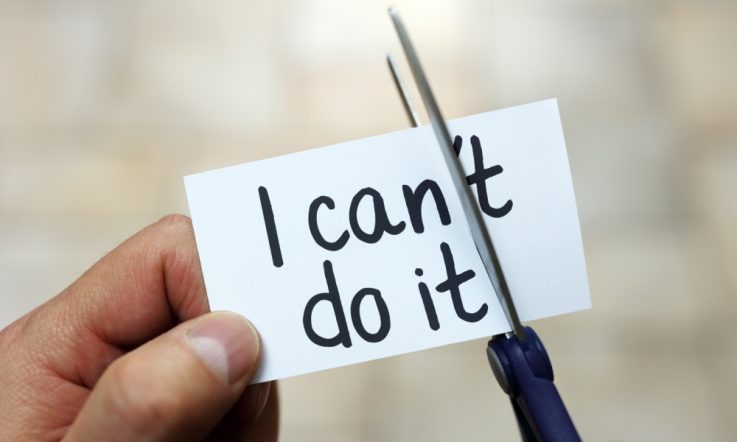The evolution of the teacher-controlled learning environment to include more self-directed online education has highlighted the need for students of all ages to develop self-regulated learning skills.
Self-regulated learning is how students regulate their own emotions, cognition, behaviour and aspects of the context during a learning experience. Examples of good self-regulation skills include good time management, the ability to rapidly select the most efficient problem-solving strategies and the ability to actively monitor emotional states such as frustration.
While these skills are essential tools for lifelong learning, they are often not explicitly taught, leading to distinct populations of students who lack independence, motivation, persistence and a positive sense of wellbeing.
In order for educators to effectively pass on these skills to their students, whether kindergarten or tertiary age, it is necessary they first understand self-regulation themselves.
Students go through three main phases when regulating their learning: planning, performance and reflection.
Planning is when students set up their goals and standards to be achieved in a certain task, session or course. This phase involves students' perception of the learning environment – so, for example, how challenging a task is for them – but also their perception of their own abilities and motivation.
Performance is when students are actually engaging with their learning experience. During this phase students monitor their learning, usually comparing their progress against standards set in the planning phase.
Reflection is when students think about and evaluate their learning experience. This includes reflecting on feedback and mentally storing ideas and concepts to use for future learning.
These phases are not necessarily linear, and students may go through many cycles across a learning task.
Given the importance of self-regulated learning, it is vital that educators are explicitly teaching these skills and providing strategies for students to apply when learning. Part of this teaching process should include:
- Explaining the usefulness and importance of self-regulated learning skills to students
- Explicitly teaching students self-regulated learning strategies
- Supporting students to identify when and where they can use self-regulated learning skills
If we agree that these types of learning skills are necessary to develop lifelong learners, then teachers need solid examples of exactly how to teach students these types of skills.
Whole school policy needs to allow teachers the freedom to teach self-regulated learning skills rather than content only. Without homogeneity within the school, there is not enough support for teachers to deliver lesson plans related to self-regulated learning.
Research coming from Europe (Dignath-van Ewijk and van der Werf, 2012) based on teachers' beliefs and behaviours relating to self-regulated learning has shown that teachers believe in the value of teaching self-regulated learning skills to their students, but do not know how to.
Profession development for teachers on how to teach self-regulated learning skills is desperately needed, so tools, resources and strategies are available for them to utilise in the classroom.
The Science of Learning Research Centre – a nationwide collaboration between researchers in education, psychology and neuroscience dedicated to understanding learning – has a particular interest in investigating all aspects of teaching self-regulated learning.
Some of its studies look at the difficulties teachers face in incorporating content outside of what is listed in the curriculum (Jayawardena et al, 2016) and the benefits of self-regulated learning abilities in teachers (Sautelle et al, 2015). More recently, ongoing studies focus on the importance of productive confusion and sustained attention in self-regulated learning.
There is also a research study open to participating Victorian government schools focusing on ‘Realising the Potential of Australia's High Capacity Teachers', which contains a substantial amount of pedagogical training on understanding and teaching self-regulated learning skills to primary and secondary schools students (Grades 5-8).
Schools wishing to participate in 2017 in the research study mentioned above can contact Dr Susan-Marie Harding at s.harding@unimelb.edu.au for more information.
References
Dignath-van Ewijk, C., & van der Werf, G. (2012). What teachers think about self-regulated learning: Investigating teacher beliefs and teacher behavior of enhancing students' self-regulation. Education Research International, 2012.
Jayawardena, K. P. R., van Kraayenoord, C. E., & Carroll, A. (2016). Promoting self-regulated learning in science: A case study of a Sri Lankan secondary school science teacher. International Journal of Information and Education Technology, 7(3), 195-198.
Sautelle, E., Bowles, T., Hattie, J.A.C., & Airifin, D. (2015). Personality, resilience, self-regulation and cognitive ability relevant to teacher selection. Australian Journal of teacher Education, 40(4), 54-71.
Think about your own classroom practice. Do students understand the goals and standards expected for each learning task? Do you set aside time for student reflection?



